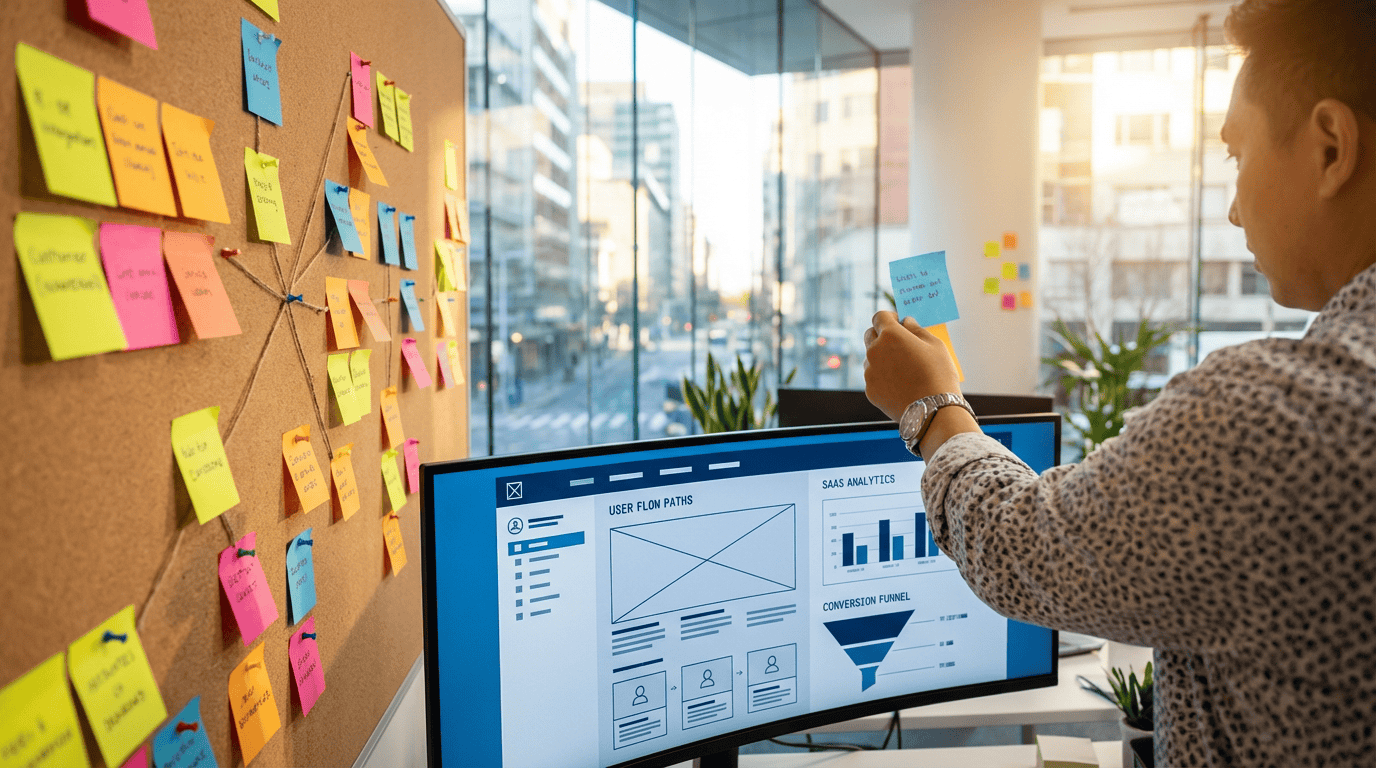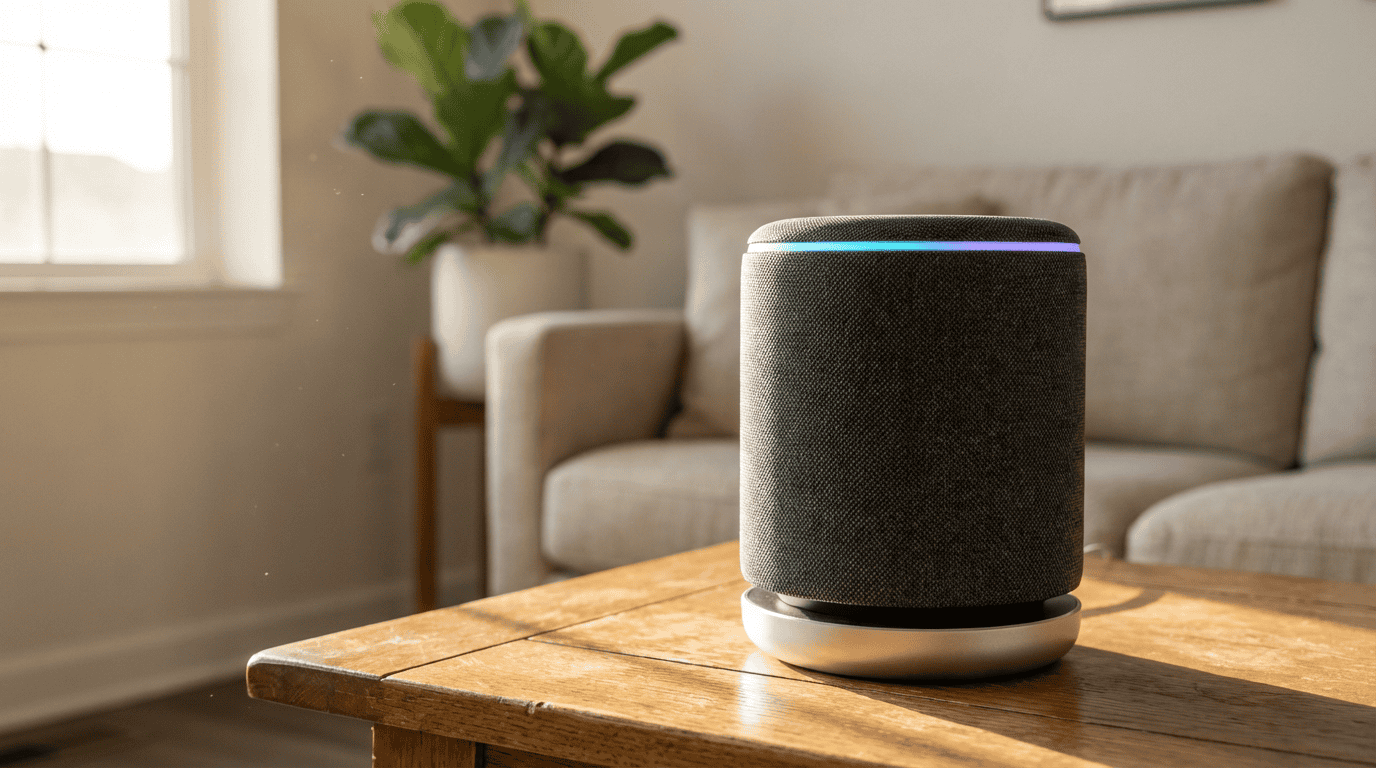Landing pages are essential to any successful digital marketing campaign, designed with a single purpose: to convert visitors into leads or customers. Despite their importance, many businesses struggle to create pages that perform well, pouring resources into traffic that fails to take action. Data reveals a median conversion rate across all industries of only 6.6%. This means for every 15 visitors, only one typically completes the desired action, leaving significant room for improvement.
While that median figure might seem discouraging, it represents the midpoint of a wide performance range. The top 10% of landing pages, for instance, consistently convert at rates above 11%, with some elite pages in specific niches reaching 20% or higher. Achieving these results is not a matter of chance; it is the direct outcome of strategic design, compelling copy, and continuous optimization. Understanding the elements that separate high-performers from the average page is the first step toward improving your own conversion rates.
Key Takeaways
-
The median landing page conversion rate is only 6.6%, while the top 10% of pages convert above 11%, indicating that strategic optimization is crucial for success.
-
High-converting landing pages adhere to a ‘one page, one goal’ philosophy, eliminating all distractions like navigation menus to guide users toward a single, specific action.
-
A winning landing page must have a compelling headline, a single focused offer, and trust signals like testimonials to reduce user anxiety and build credibility.
-
Conversion rates are heavily influenced by context; benchmarks vary by industry, and traffic from email marketing (avg. 19.3%) converts significantly higher than other sources.
-
Optimizing the call-to-action (CTA) is critical; use a contrasting color and personalized, action-oriented text like ‘Get My Free Guide’ instead of a generic ‘Submit’.
-
Achieving high conversion rates is not luck but the result of continuous, data-driven improvement through A/B testing of all page elements, from headlines to button colors.
What Is a High Conversion Rate
Defining a “good” conversion rate requires looking at industry-wide benchmarks, which vary significantly. Across all industries, the median landing page conversion rate is around 6.6%, a figure that serves as a solid starting point for performance evaluation. For an average campaign, this means roughly one out of every 15 visitors will complete the desired action, such as signing up for a newsletter. Effective landing pages consistently outperform this baseline, achieving double-digit conversion rates.
Achieving top-tier performance means breaking away from the average and aiming for the top percentile. The top 10% of landing pages, for instance, consistently secure conversion rates above 11%, with exceptional campaigns pushing past the 20% mark. Factors like industry and traffic source are significant; niches like events and entertainment often see median rates closer to 12.3%. Additionally, traffic from email marketing converts very well, with some reports showing rates as high as 19.3%, which shows that the source of your traffic matters.
Anatomy of a Winning Landing Page

A compelling headline is the first and most critical element a visitor encounters. It must immediately capture attention and align with the ad they clicked. This headline should work with a single, focused offer, clearly articulating the value proposition without distractions. The goal is to answer the visitor’s unspoken question, “What’s in it for me?”, within seconds. Confusing or multiple offers will hurt your conversion rates, so simplicity is key. An effective page makes the benefit so obvious that the visitor is compelled to learn more.
Building trust is essential for turning a visitor into a customer, especially when median conversion rates are around 6.6%. Strategically placed trust signals, such as customer testimonials, partner logos, or security badges, help alleviate user anxiety and reduce friction. This social proof validates your offer and shows that others have had a positive experience with your brand. Since the top 10% of landing pages convert above 11%, establishing credibility is what separates an average page from a high-performer. These elements provide the confidence a user needs before committing to the offer.
Every component on your page should guide the visitor toward the call-to-action (CTA). Your CTA button must be highly visible, using a contrasting color and action-oriented text like “Get Your Free Guide” instead of a passive “Submit.” Supporting visuals, such as a high-quality product image or a short explainer video, should reinforce your offer’s value without cluttering the page. The entire design and copy should create a seamless visual hierarchy that funnels the user’s attention directly to the CTA button.
Proven Strategies to Boost Conversions
Integrating video content is a proven method for increasing conversions beyond the industry median of 6.6%. Videos can quickly demonstrate a product’s value or build an emotional connection more effectively than static text. Studies show that landing pages with video can significantly increase conversion rates by capturing and holding visitor attention. This dynamic element simplifies complex information and builds trust with your audience. For best results, place your video above the fold and use a compelling thumbnail to encourage plays.
Optimizing your call-to-action (CTA) is crucial for achieving conversion rates above 11%. Generic CTAs like “Submit” are often ignored, while personalized CTAs that reflect the user’s intent can significantly improve performance. For example, changing a button from “Get Your Quote” to “Get My Free Marketing Quote” makes the offer feel more specific and immediate. This shift in language frames the action around the visitor’s benefit, making it more compelling. Tailoring your CTA based on traffic source, such as the high-converting email segment, is an effective strategy.
An effective, often overlooked strategy is removing all distractions from your page. The highest-converting landing pages adhere to a “one page, one goal” philosophy, eliminating anything that could pull a visitor away from the primary conversion action. This means removing site navigation menus, footer links, and competing offers that do not serve the page’s purpose. By creating a focused, linear path, you simplify the decision-making process for the user. Every element on the page should guide them toward completing the one desired action, whether it is filling out a form or making a purchase.
Industry Benchmarks and Traffic Sources

What constitutes a “good” conversion rate depends on your specific industry. While the median conversion rate across all sectors is around 6.6%, this figure serves as a starting point for setting benchmarks. The top 10% of landing pages consistently achieve rates above 11%, with some elite pages surpassing the 20% mark. Niches like events and entertainment, for instance, often see higher median rates around 12.3%, showing how audience intent and offer type can significantly influence performance.
Beyond your industry, your traffic source significantly affects conversion rates. The data clearly shows that different sources perform differently. Traffic from email campaigns converts at an average of 19.3% because it reaches a warm audience that already has a relationship with your brand. In contrast, sources like paid search and social media drive traffic with lower conversion rates, as these visitors often have less initial trust and familiarity.
Conclusion
Crafting a high-converting landing page is a strategic exercise in delivering a single, focused message. The most successful pages immediately answer the user’s core question, “What’s in it for me?”, with a clear headline, a compelling value proposition, and trust-building elements like social proof. Every word, image, and design choice should work together to eliminate friction and guide the user toward one specific call-to-action. By removing distractions and concentrating on this goal, you create a clear path that encourages action.
Achieving high conversion rates requires a commitment to continuous improvement through data-driven testing and optimization. While the median landing page conversion rate is around 6.6%, the top-performing pages consistently break the 11% or even 20% barrier. These results are not accidental; they are the product of A/B testing on everything from headlines and offers to imagery and button colors. Each test provides insight into your audience’s behavior, allowing you to refine your message and design for better performance.
Your landing page is a critical touchpoint where a potential lead decides whether to engage further. A well-optimized page can significantly improve your campaign ROI, turning clicks into customers more efficiently. Start by focusing on providing clear value from the moment a user arrives. Through consistent testing and refinement, you can transform an average page into a tool that effectively supports business growth.
Frequently Asked Questions
1. What is the main purpose of a landing page?
A landing page is a specialized web page designed with a single, focused goal: to convert visitors into leads or customers. Unlike other pages on your website, it eliminates distractions to guide users toward one specific action. This singular focus makes it essential for successful digital marketing campaigns.
2. What is a typical conversion rate for a landing page?
The median conversion rate across all industries is 6.6%, which is a good baseline for performance evaluation. This means for an average campaign, roughly one out of every 15 visitors completes the desired action. Use this figure to gauge your starting performance and identify opportunities for growth.
3. What is considered a ‘high’ conversion rate?
While a “good” rate depends on your industry, aiming for double-digit performance separates your page from the average. The top 10% of landing pages consistently achieve conversion rates of 11% or higher. Elite pages in certain niches can even reach 20%, demonstrating what is possible with highly optimized campaigns.
4. Why do so many landing pages fail to convert visitors?
Many businesses have low conversions because they drive traffic to pages that are not strategically designed to persuade visitors. Common pitfalls include unclear messaging, a lack of compelling copy, or a design that distracts from the primary goal. Without a clear and persuasive path, visitors are likely to leave without taking action.
5. Is achieving a high conversion rate just a matter of luck?
No, achieving high conversion rates is the direct outcome of a deliberate strategy, not luck. High-performing landing pages are built on a foundation of strategic design, persuasive copywriting, and a commitment to continuous optimization. By focusing on these key elements, you can systematically improve your page’s effectiveness.
6. What is the first step to improving my landing page performance?
The first step is to understand the key elements that separate high-performing pages from average ones. Focus on strategic design, compelling copy that speaks directly to your audience’s needs, and a clear, singular call-to-action. Mastering these fundamentals is the foundation for improving your conversion rate.



